CONTENTS

Were living in a digital world and new technologies allow us to materialize our ideas in a fast, clean, and almost perfect way. The flip side of this is that technology has made many of us forget how we used to create and design things: using our hands. But not everything has been lost! Artists of all kinds are feeling the need to get back to the basics using raw materials, without a computers help. In so doing, they are reawakening their sense of touch. They make mistakes, but they always get up again, knowing that the result of the work wont be perfect, but that it could be perfect imperfection, and isnt that where real beauty resides? The designer toys scene has found with resin a cool, do-it-yourself way to make unique toys using a cheap and fast production process. Resin is a media that allows us to materialize ideas into 3-D objects.
We no longer need to invest an exorbitant amount of money to manufacture toys in factories; we can now do it in our own homes. To do so, the first two questions that will suddenly assault our heads are: What materials should I use? And what are the tools I will need? Dont panic! In this book, we present thirty of the greatest resin toys artists in the world. They share their secrets with us, tips and tricks, and the dos and donts of resin toy creation. Difficulty level? Getting started is very easy. Get a piece of paper and start doodling the character you want to make. Most artists use Sculpey, Plasticine, or clay for molding.
Thats the most affordable way. Others use wax, a more expensive way. The tools can be found in any home: they are things like teaspoons, toothpicks, needles, knives, and carving sticks. For those who are impatient, 3-D printing is recommended. This new technique is the faster and most effective way to get a prototype of a toy directly from a 2-D illustration. The first thing to do is to draw the character from all sidescalled a turnaroundand send it to a 3-D printer.
The printer will then send a blank, a ready-made model, to make the mold. This shortcut will save us time and headaches, but we will still do the final production at home. The 3-D printing allows to printin other words, indirectly materializethe shapes and dimensions of any object we desire. Although resin toys are sculpted, casted, and painted by a single artist, the spirit of collaboration between artists, as with paper and vinyl toys, is still there, particularly in the sharing of blank toys. The Internet, of course, is always the best way to share work. The resin toys community is growing rapidly and we can find plenty of online stores to buy and collect our favorite toys.
Resin toy artists create and produce their toys in small quantities. This is why their creations become highly desired pieces of artnothing like the vinyl toys mass-produced in factories. They are one-of-a-kind, indie toys, and thats why they are so special. Make a shopping list, use your imagination, have fun, and go for it! And never forget to wear your gas mask! Louis Bou www.paul-shih.com New Zealand Paul Shih is a Taiwanese artist and toy maker based in New Zealand, where the culture is a heady mix of diverse artistic influences. Shih graduated from the Art and Design program at the Auckland University of Technology in 2004 and went on to develop an artistic style called paper diorama, which he produces visual art through a combination of illustration and photography. In this art form he depicts characters and events that are inspired by his surroundings; he creates a visual world that tells a story.
His most recent project, Hollow Threat, takes him back to his roots of drawing and doodling. In Hollow Threat, where he has rediscovered his love for art, toys, and music, monsters, mysterious creatures, and imperfect people are everywhere.  PANDARA Metallic silver edition
PANDARA Metallic silver edition  PANDARA
PANDARA  PANDARA GREEN AND METAL SPIRIT Illustration by Paul Shih
PANDARA GREEN AND METAL SPIRIT Illustration by Paul Shih 
 BEVIL
BEVIL  BEVIL Illustration by Paul Shih Tips and Tricks The process of my toy-making starts with the design of the character on paper. I draw front, back, and side views to guide me with the sculpting. After that, I build a foil bone as a base. I cover it and then start sculpting, using Super Sculpey.
BEVIL Illustration by Paul Shih Tips and Tricks The process of my toy-making starts with the design of the character on paper. I draw front, back, and side views to guide me with the sculpting. After that, I build a foil bone as a base. I cover it and then start sculpting, using Super Sculpey.
Once the sculpture is complete, I make two silicone molds for the master sculpture, then cast resin toys from the mold and finish them with paint and protective coats. I use a lot of paper stencils to help me accurately position and sculpt the details of the figures so they are as close as possible to my original design. And my favorite sculpting tool is a spoonno kidding!  BEVIL Left: Sunshine edition; Right: Toysrevil edition
BEVIL Left: Sunshine edition; Right: Toysrevil edition  SUSHI KAIJU Illustration by Paul Shih
SUSHI KAIJU Illustration by Paul Shih  SUSHI KAIJU SET
SUSHI KAIJU SET  Left to right: SUSHI KAIJU DALEA ; SUSHI KAIJU Toysrevil edition
Left to right: SUSHI KAIJU DALEA ; SUSHI KAIJU Toysrevil edition  JB X-MAS JB Christmas Edition
JB X-MAS JB Christmas Edition  LIL DEATH
LIL DEATH  LIL DEATH SANTA
LIL DEATH SANTA  HB AND JB Illustration by Paul Shih
HB AND JB Illustration by Paul Shih  JB www.eggpicnic.com Australia Artist Christopher Macaluso is from Australia and his partner, Camila de Gregorio, is from Chile, but they met in Italy. Today they have a small company, Eggpicnic, based in Australia, where they turn their character illustrations into handmade toys. Their products are made in an environmentally-friendly manner, and their creators say the toys reflect social issues as well as cultural identities. The toys are sold on demand, which means there is no ready stock available and they are made only after an order has been placed.
JB www.eggpicnic.com Australia Artist Christopher Macaluso is from Australia and his partner, Camila de Gregorio, is from Chile, but they met in Italy. Today they have a small company, Eggpicnic, based in Australia, where they turn their character illustrations into handmade toys. Their products are made in an environmentally-friendly manner, and their creators say the toys reflect social issues as well as cultural identities. The toys are sold on demand, which means there is no ready stock available and they are made only after an order has been placed.

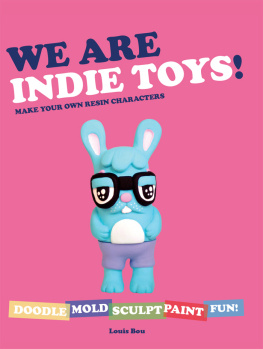
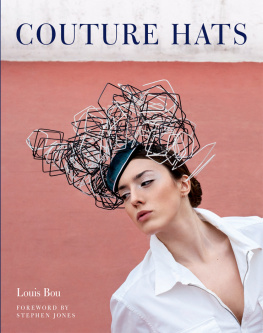


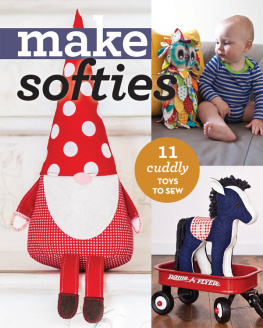
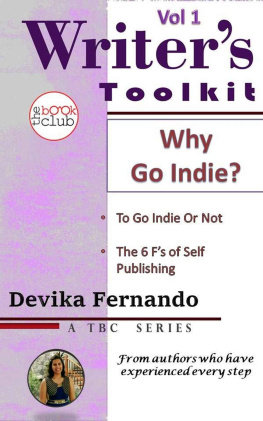

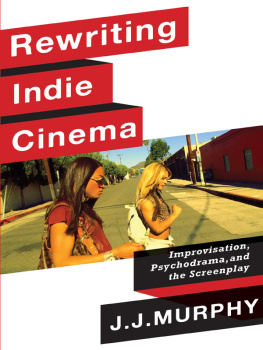
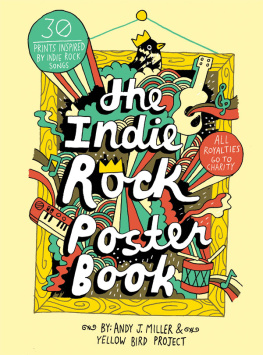

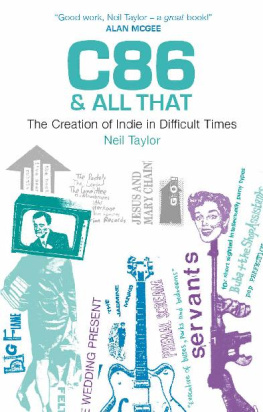
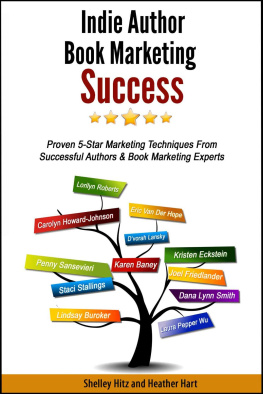
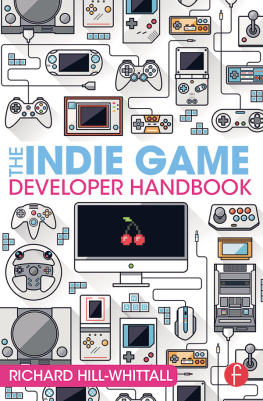

 Were living in a digital world and new technologies allow us to materialize our ideas in a fast, clean, and almost perfect way. The flip side of this is that technology has made many of us forget how we used to create and design things: using our hands. But not everything has been lost! Artists of all kinds are feeling the need to get back to the basics using raw materials, without a computers help. In so doing, they are reawakening their sense of touch. They make mistakes, but they always get up again, knowing that the result of the work wont be perfect, but that it could be perfect imperfection, and isnt that where real beauty resides? The designer toys scene has found with resin a cool, do-it-yourself way to make unique toys using a cheap and fast production process. Resin is a media that allows us to materialize ideas into 3-D objects.
Were living in a digital world and new technologies allow us to materialize our ideas in a fast, clean, and almost perfect way. The flip side of this is that technology has made many of us forget how we used to create and design things: using our hands. But not everything has been lost! Artists of all kinds are feeling the need to get back to the basics using raw materials, without a computers help. In so doing, they are reawakening their sense of touch. They make mistakes, but they always get up again, knowing that the result of the work wont be perfect, but that it could be perfect imperfection, and isnt that where real beauty resides? The designer toys scene has found with resin a cool, do-it-yourself way to make unique toys using a cheap and fast production process. Resin is a media that allows us to materialize ideas into 3-D objects.  PANDARA Metallic silver edition
PANDARA Metallic silver edition  PANDARA
PANDARA  PANDARA GREEN AND METAL SPIRIT Illustration by Paul Shih
PANDARA GREEN AND METAL SPIRIT Illustration by Paul Shih 
 BEVIL
BEVIL  BEVIL Illustration by Paul Shih Tips and Tricks The process of my toy-making starts with the design of the character on paper. I draw front, back, and side views to guide me with the sculpting. After that, I build a foil bone as a base. I cover it and then start sculpting, using Super Sculpey.
BEVIL Illustration by Paul Shih Tips and Tricks The process of my toy-making starts with the design of the character on paper. I draw front, back, and side views to guide me with the sculpting. After that, I build a foil bone as a base. I cover it and then start sculpting, using Super Sculpey. BEVIL Left: Sunshine edition; Right: Toysrevil edition
BEVIL Left: Sunshine edition; Right: Toysrevil edition  SUSHI KAIJU Illustration by Paul Shih
SUSHI KAIJU Illustration by Paul Shih  SUSHI KAIJU SET
SUSHI KAIJU SET  Left to right: SUSHI KAIJU DALEA ; SUSHI KAIJU Toysrevil edition
Left to right: SUSHI KAIJU DALEA ; SUSHI KAIJU Toysrevil edition  JB X-MAS JB Christmas Edition
JB X-MAS JB Christmas Edition  LIL DEATH
LIL DEATH  LIL DEATH SANTA
LIL DEATH SANTA  HB AND JB Illustration by Paul Shih
HB AND JB Illustration by Paul Shih  JB www.eggpicnic.com Australia Artist Christopher Macaluso is from Australia and his partner, Camila de Gregorio, is from Chile, but they met in Italy. Today they have a small company, Eggpicnic, based in Australia, where they turn their character illustrations into handmade toys. Their products are made in an environmentally-friendly manner, and their creators say the toys reflect social issues as well as cultural identities. The toys are sold on demand, which means there is no ready stock available and they are made only after an order has been placed.
JB www.eggpicnic.com Australia Artist Christopher Macaluso is from Australia and his partner, Camila de Gregorio, is from Chile, but they met in Italy. Today they have a small company, Eggpicnic, based in Australia, where they turn their character illustrations into handmade toys. Their products are made in an environmentally-friendly manner, and their creators say the toys reflect social issues as well as cultural identities. The toys are sold on demand, which means there is no ready stock available and they are made only after an order has been placed.